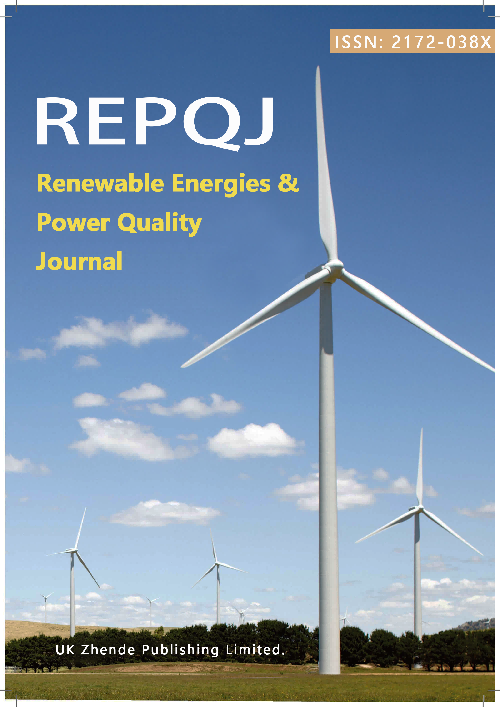Towards Cost-Effective and Scalable Fuel Cells: Electrochemical Characterization of a Reference Cell for Material Innovation
DOI:
https://doi.org/10.52152/4558Keywords:
Hydrogen Fuel cell (FC), Electrochemical Impedance Spectroscopy (EIS), Voltammetry, Equivalent circuit model, Nyquist plot.Abstract
Accurate electrochemical modelling of hydrogen fuel cells (FCs) is essential for performance optimization and comparative analysis of different cell configurations. This study presents the electrochemical characterization of a reference FC with graphite bipolar plates, utilizing voltammetry and electrochemical impedance spectroscopy (EIS). The primary objective is to develop a reliable electrical equivalent model of the reference cell, which will serve as a benchmark for future investigations involving alternative FC designs and materials. A detailed methodology for extracting the electrical model from Nyquist plots is provided, ensuring a robust correlation between impedance characteristics and FC operation. The validity of the proposed model is confirmed through polarization curve analysis, establishing its applicability for predictive diagnostics. Additionally, a comprehensive description of the experimental setup configuration and reference components description is included to facilitate reproducibility and further refinement of FC modelling techniques. The findings contribute to the standardization of EIS-based FC analysis, supporting the development of improved electrochemical models for nextgeneration hydrogen energy systems.
Downloads
Published
Issue
Section
License
Copyright (c) 2025 F.J. Asensio, R. Martínez-de-Ternero, M. González-Pérez, A. Ordoño, A. Villamayor, G. Moreno-Fernandez (Author)

This work is licensed under a Creative Commons Attribution 4.0 International License.











